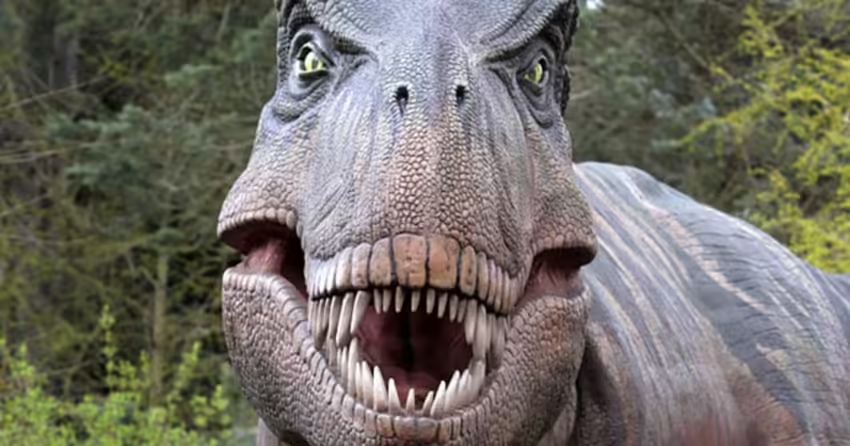The Tyrannosaurus rex, commonly known as T-Rex, is one of the most iconic and fascinating dinosaurs to have ever walked the Earth. With its massive size, sharp teeth, and fearsome appearance, the T-Rex has captured the imagination of scientists and the general public alike. But where exactly did this legendary predator live? Let’s delve into the natural history and geographic range of the T-Rex to uncover its ancient habitats.
The T-Rex Era: Late Cretaceous Period
The T-Rex lived during the Late Cretaceous Period, approximately 68 to 66 million years ago. This was the final era of the dinosaurs, just before the catastrophic asteroid impact that led to their mass extinction. During this time, the Earth was a warm and humid place, with high sea levels creating vast shallow seas that divided continents. The climate and environment were ideal for supporting diverse ecosystems, teeming with plants, herbivorous dinosaurs, and predators like the T-Rex.
Geographic Range: North America
Fossil evidence reveals that the T-Rex was predominantly found in what is now North America. Its range stretched across the western part of the continent, particularly in areas that formed part of the ancient landmass known as Laramidia. This landmass was separated from the eastern portion of North America (Appalachia) by a shallow sea called the Western Interior Seaway.
Notable Locations Where T-Rex Fossils Were Found:
Montana: Some of the most famous and well-preserved T-Rex fossils, including the renowned specimen “Sue,” were discovered in Montana’s Hell Creek Formation.
South Dakota: The Black Hills region of South Dakota is another hotspot for T-Rex fossils.
Wyoming: Fossils of T-Rex have been unearthed in the Lance Formation in Wyoming.
Canada: Alberta and Saskatchewan also yielded significant T-Rex discoveries, particularly in formations like Dinosaur Provincial Park.
Habitat and Environment
The T-Rex inhabited a variety of ecosystems, ranging from lush forests to open plains and river valleys. These areas were rich in vegetation, which supported large herbivores like Triceratops and Edmontosaurus – the primary prey of the T-Rex. The predator’s environment was dynamic, with wetlands, floodplains, and forests creating a mosaic of habitats.
Adaptations for its Habitat:
- Powerful Legs: The T-Rex’s strong hind limbs were well-suited for covering large distances in search of prey.
- Acute Senses: Its keen sense of smell and vision allowed it to hunt effectively, even in dense forests or low-light conditions.
- Robust Skull and Teeth: With a bite force unmatched by any land predator, the T-Rex was capable of crushing bones, making it a dominant apex predator in its ecosystem.
Why Did the T-Rex Thrive in North America?
Several factors contributed to the T-Rex’s success in North America:
Abundant Prey: The herbivorous dinosaurs of Laramidia provided ample food sources.
Diverse Ecosystems: The varied habitats offered opportunities for both hunting and nesting.
Favorable Climate: The warm and humid conditions supported thriving plant and animal life.
Conclusion
The T-Rex lived across a vast expanse of what is now North America, from Montana to Canada, thriving in rich ecosystems that supported its massive size and predatory nature. Fossil discoveries continue to shed light on its habitat, behavior, and role as one of the most formidable predators in Earth’s history.
The legacy of the T-Rex remains alive not only in the fossil record but also in our fascination with this king of the dinosaurs.For more information click dinorepeat.com

